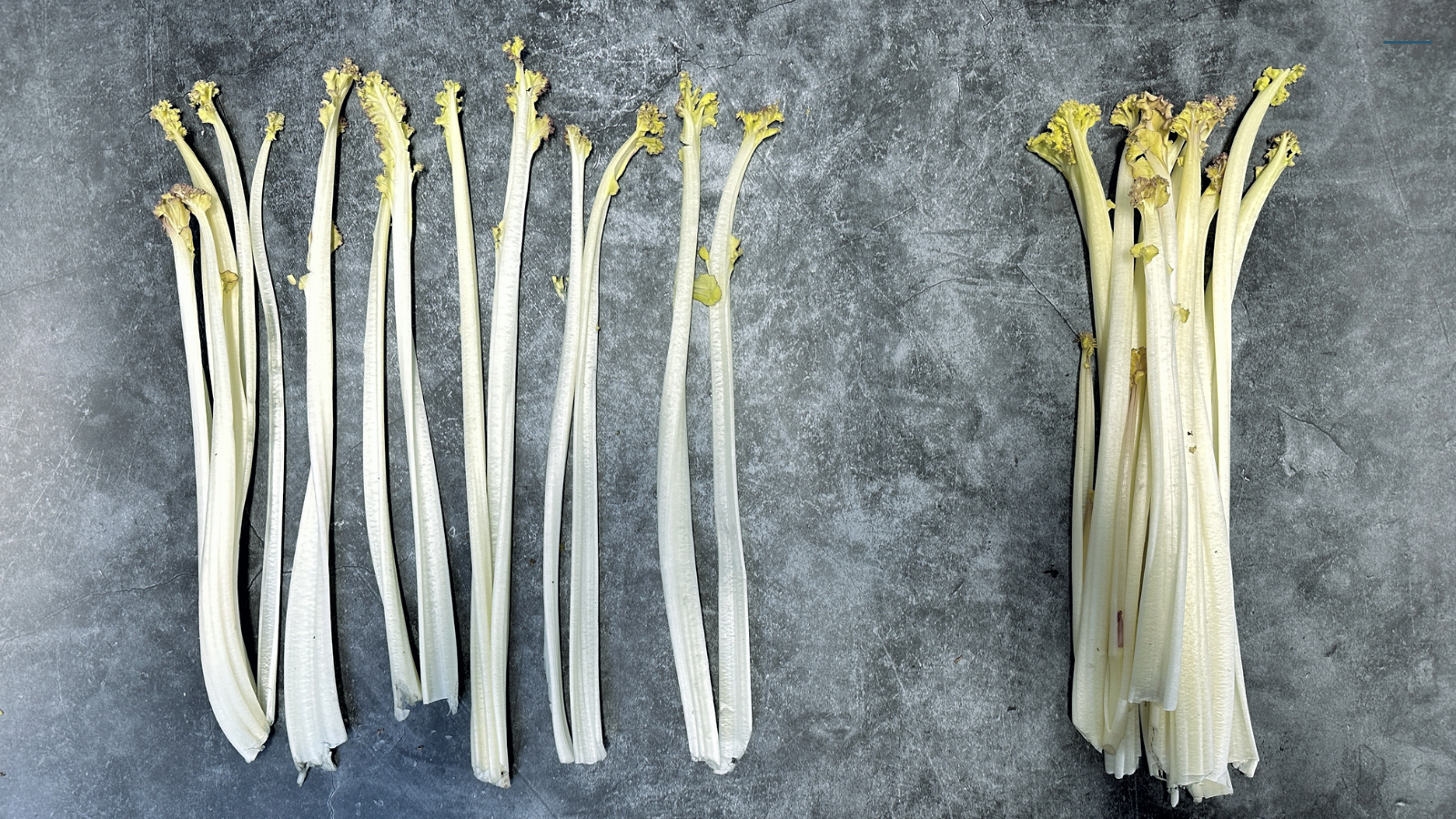
Sea Kale is making a comeback!
This Victorian favourite is becoming a very popular coastal vegetable.
What is Sea Kale🧐?
Sea kale is a perennial plant and despite its name, doesn’t necessarily grow near sea shores. They can be found in cool, moist environments, even if it is landlocked. The plant has a thick waxy coating that keeps them waterproof and flowering does not usually occur until the plant is at least five years old of which little white flowers are produced on its branches.
A few months after flowering, the fruit ripens. After the season finishes, the plant’s above-ground dies, leaving only its underground part to endure the winter. Each Spring, cabbage-like leaves will grow from the blooming branch from the previous year that are deep crimson-purple in colour, getting greener as they grow.
Our Sea Kale shoots 🌱
The plants are grown on around a hectare of land, outside all Summer long, before being lifted and placed in peat, in total darkness, in a frost- and heat-proof steading. During Winter, the team supply it with only water and heat until it’s ready to cut. After that, the plants are transplanted outside to recuperate.
Because it is cultivated in the dark, it resembles celery and is a light shade of green or ivory with delicate, sweet little leaves at the end. Similar to asparagus, sea kale shoots grow from the roots and can be eaten raw. They have a nutty, slightly bitter taste. For sweet, tender and white young shoots, the plant must be ‘blanched’; often covered with soil or buckets. This process stops photosynthesis and the production of chlorophyll, giving the shoots a white colour.
Available now




